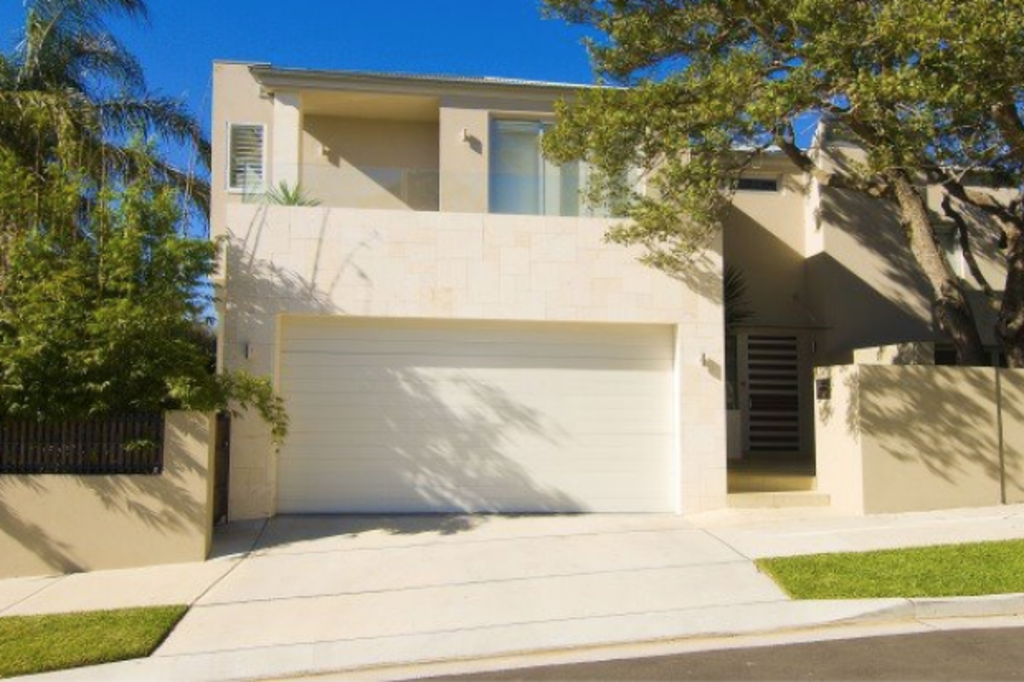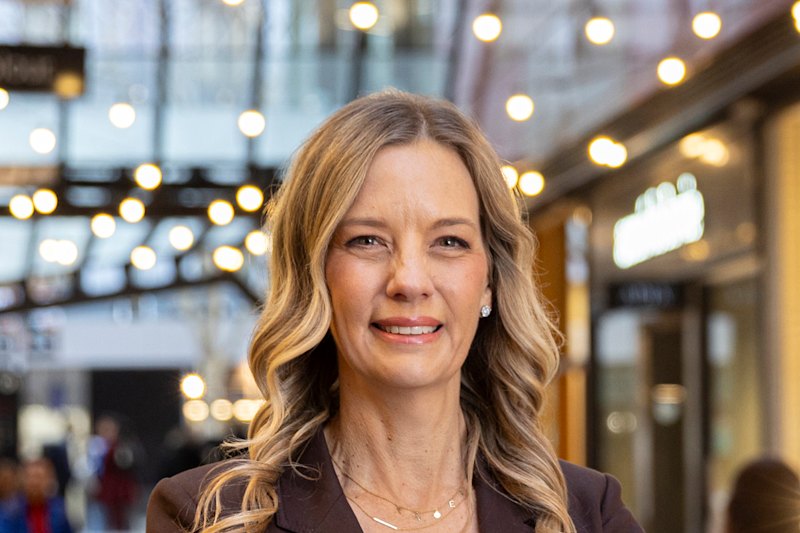Six tips for buying a house to renovate

You want to buy a renovator’s dream but how do you make sure that the restoration doesn’t send you over the edge and way over budget?
“It’s a good idea to be able to do a quick assessment on a property as to whether it is suitable for reno or is a potential money pit so you don’t spend time, money and energy when it’s not a goer” says Bernadette Janson, director of the School Of Renovating in Sydney, who has 25 years renovating experience.
Follow these tips for renovation success.
1. Location
Nicolas Jarvisto and his wife discovered one of the key buy-to-renovate rules when they bought their first home, an 1915 Queenslander, in Bulimba, Brisbane.
“It was a ‘worst house in a good street’ scenario with an oversized land lot for the area,” says Jarvisto. “Our goal was to bring the property ‘this side of the 21st century’. The newspaper from under the bathroom and kitchen vinyl was from September 1958 and I don’t think the property had been touched since.”
The couple took holiday leave and with the help of their family began work on completely renovating the property including repainting the kitchen and bathroom, polishing the floors, resheeting, splitting the laundry, retiling and adding new air con and blinds.
Less than three weeks later it was finished and ready to move into. It cost less than $30,000.
Tory Bevan, who runs The Property Consultancy and does buy and renovate projects in Sydney, says the old adage of buying the worst house in the street is a good rule to follow. “It is about location and choosing something that you can work with.”.png) Front of the house before shot.
Front of the house before shot.
2. Look beyond first impressions
Another rule of buying a house to renovate is that “you have got to have the vision to look through the ugliness” says Bevan. “Things like off-putting tiles and carpets do not matter. I always find the uglier the better as it puts off most people.”
PR director Katie Wilke discovered this firsthand when she and her husband bought a house to renovate in Caloundra on the Sunshine Coast. The couple moved straight in with their eight-month-old baby and started work. It was Wilke’s 30th birthday.
“I cried” she says. “Everything I touched broke and we’d come from living in an ocean-front penthouse. I was picking up bird seeds out of our wardrobe carpets as the previous tenant had a bird in her room. There had been a dog downstairs and the grass was dead and there was dog hair everywhere.”
As the renovation progressed, Wilke found things were not as bad as they had first seemed. Under the old 1980s carpets, instead of chipboard, they found hardwood floorboards. “We ended up with polished timber floorboards. It’s made a massive difference to the cleanliness of the house, which is great with two kids now, and has also lifted the whole appeal of the house.”
.png) Living room before shot.
Living room before shot..png) Living room after shot.
Living room after shot.
3. Budget
“Renovating should be an excel spreadsheet not a dream” says property expert Chris Gray, from Sydney buyer’s agency, Your Empire. Gray has renovated 14 properties himself and oversees renovations on behalf of his clients.
If you are not going to do it yourself then “go for a builder that offers a real fixed price contract rather than someone that pretends it is” adds Gray. “Some builders quote low, demolish and then find out ‘previously unknown’ expenses that weren’t included in the quote. My builder has an on-time, on-budget guarantee in that he’ll pay double the rent if it runs over.”
Bevan agrees. “I would definitely recommend speaking to an expert – a designer or a renovation consultant – to work out a budget estimate, that is what sort of money it is going to cost to renovate because if you don’t you are likely to make some very costly mistakes.”
4. Avoid structural work
Choose properties that need mainly cosmetic work and do not take on structural alterations. “Avoid properties with structural damage, as this is often when expensive problems occur,” says Gray.
The property should have good bones and structural integrity, agrees Bevan so you can turn the ugly ducking into something beautiful. Look for a floor plan you can work with and make clever changes to it.
Check for hidden costs, says Janson. “You can’t create a masterpiece on shaky foundations and you can usually find the evidence in wall cracking, drummy plaster and signs of movement, also look for floors that aren’t level and door frames that aren’t square”
Also check electrical wiring, plumbing, asbestos removal and termites. “The problem with termites is what you can’t see. If there are visible signs of termites you just can’t be certain of the extent of the damage until you start stripping the property out and if it is extensive it can be disastrous.”
Get a building and pest report before buying, says Janson.
.jpg) Kitchen before shot.
Kitchen before shot.
 Kitchen after shot.
Kitchen after shot.
5. Think about how to add value
Even if you are not planning on renovating to sell, it is still important to think ahead about long-term resale value.
Bevan says that one of the most important things to look for is the opportunity to add significant value to a property. In a recent project she was working on, she was able to turn a two-bedroom and one-bathroom apartment into a three-bedroom and three-bathroom property, by buying and utilising the attic space.
Having a northern aspect is obviously very important says Bevan as is off-street parking especially in Sydney.
6. Check the contract and any planning issues
Some older properties have severe limitations on what you can do to the place and how you can do it, says Jarvisto.
First port of call is the contract, agrees Janson. “Check the drainage plan (provided in the contract) to avoid building over the sewer otherwise this is an added expense.
Check the contract for easements as they may limit your opportunity to extend. If you are planning to do additions check the FSR (Floor Space Ratio), setback and height requirements to know if you are going to be allowed to extend.” Wilke says her house renovation is definitely a work in progress but she is happy with the results.
“Renovating isn’t for the faint hearted” she says “but it’s well worth the effort, especially when you get the property revalued and you can see the difference you’ve made to the value of your house.”
.png) Pool area before shot.
Pool area before shot.
.png) Pool area after shot.
Pool area after shot.
We recommend
We thought you might like
States
Capital Cities
Capital Cities - Rentals
Popular Areas
Allhomes
More







